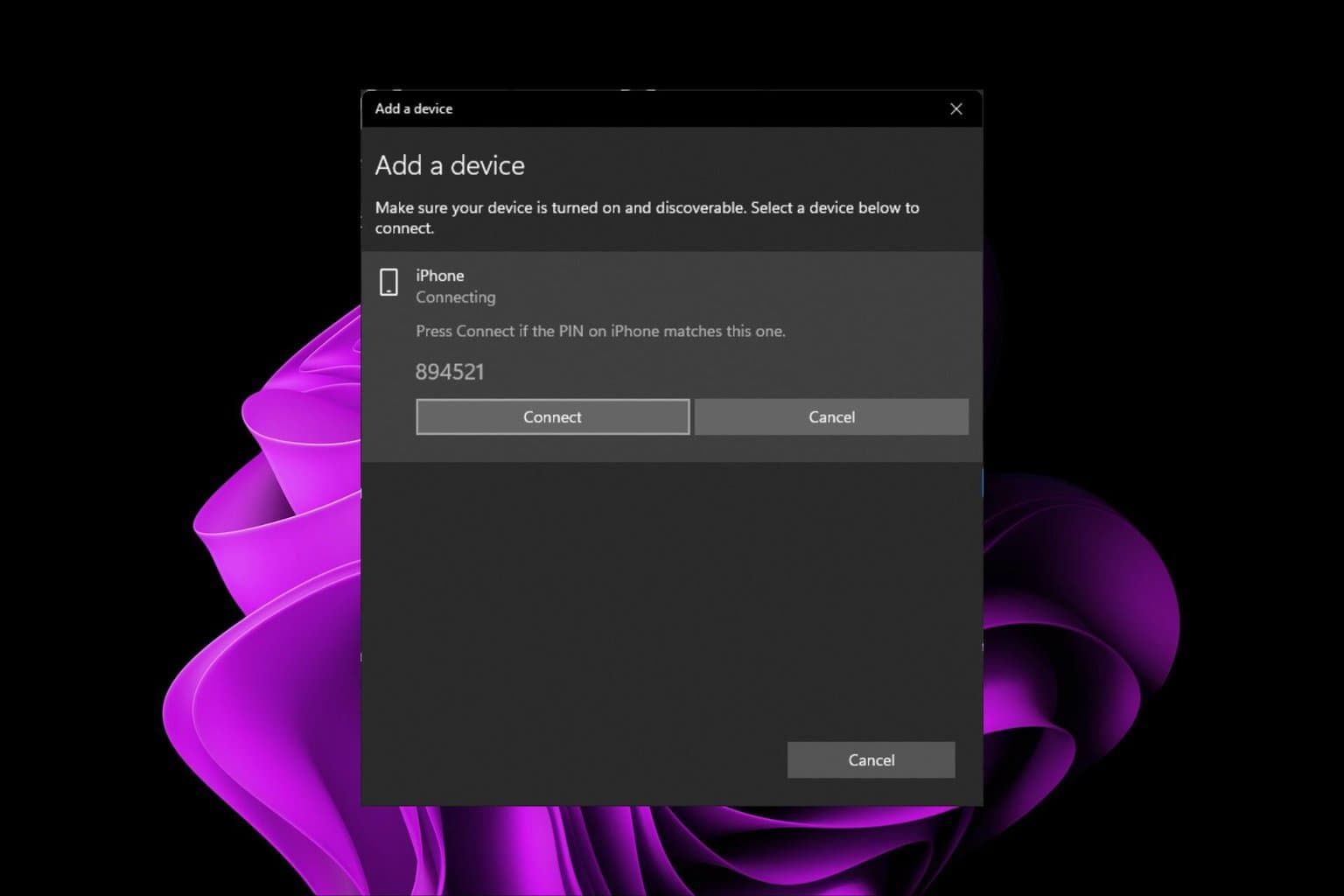How to Disable Windows Event Log [Easy Steps]
Disable logs via the Registry Editor
4 min. read
Updated on
Read our disclosure page to find out how can you help Windows Report sustain the editorial team. Read more
Key notes
- Disabling Windows event logs helps when you are running low on storage, especially on an SSD.
- You can configure Windows to not register any logs or disable specific types.
- A quick way is to stop the Windows Event Log and related services.

Event logs are reports that detail major and minor changes and even errors. A log is generated if a service or startup app fails to run on the first attempt. But when the number of logs becomes significant, users may want to disable Windows event logs.
Individual logs take up a minuscule amount of space on the disk, but if thousands of such reports are generated daily and stored on an SSD, you are looking at a diminished performance down the line.
Keep reading to find out how to turn off event logging in Windows!
Is it OK to disable Windows event log?
Yes, there’s no harm in disabling event logs. Remember, these logs are just reports that help troubleshoot issues. They don’t perform any actions or automatically fix the problem at hand.
For many users, they, surprisingly, are the source of the problem. Their corrupt state can trigger errors or lead to dwindling system performance.
So, if you are sure that the event logs won’t be needed, disabling them won’t cause any issues. However, if storage space is not a concern, we recommend allowing Windows to generate and record event logs. And you can clear them by running Disk Cleanup every month or so.
How can I disable the Windows event logs?
1. Disable the dedicated services
- Press Windows + S to open Search, type Services in the text field, and click on the relevant search result.
- Now, scroll down, locate Windows Event Log, right-click on the service, and select Properties.
- Select Disabled from the Startup type dropdown menu, click the Stop button, and then on OK to save the changes.
- Similarly, disable the following two services as well:
- Windows Error Reporting Service
- Windows Event Collector
- Finally, restart the computer for the changes to come into effect.
If you want to disable event logs in Windows 10 or the latest iteration, a quick option is to disable all the related services. The PC won’t be able to register any more logs in their absence.
2. Via Command Prompt (CMD)
2.1 Disable the Event Log service
- Press Windows + R to open Run, type cmd, and hit Ctrl + Shift + Enter.
- Click Yes in the UAC prompt.
- Now, paste the following two commands individually and hit Enter after each:
sc config eventlog start= disablednet start eventlog - Restart the computer for the changes to apply.
The two commands we executed terminated the Windows Event Log service right away and disabled it from running at startup on subsequent reboots.
2.2 Disable registering Audit Success logs
- Press Windows + S to open Search, type Command Prompt in the text field, and click on Run as administrator.
- Click Yes in the prompt that pops up.
- Now, execute the following command:
auditpol /set /subcategory:"Filtering Platform Connection" /success:disable /failure:enable
The command will stop Windows from logging Audit Success in Windows Filtering Platform, and it will only register the Audit Failure logs. Remember, this won’t altogether disable Windows event logs, but it will certainly reduce the number.
3. Disable specific logs with the Registry Editor
- Press Windows + R to open Run, type eventvwr in the text field, and click OK.
- Locate the type of log you want to disable and double-click on it.
- Now, go to the Details tab, and copy the Guid Iisted here.
- Press Windows + R to open Run, type regedit in the text field, and hit Enter.
- Click Yes in the prompt that appears.
- Next, paste one of the following paths in the address bar depending on the log type and hit Enter:
HKEY_LOCAL_MACHINE\SYSTEM\CurrentControlSet\Control\WMI\Autologger\EventLog-SystemHKEY_LOCAL_MACHINE\SYSTEM\CurrentControlSet\Control\WMI\Autologger\EventLog-SecurityComputer\HKEY_LOCAL_MACHINE\SYSTEM\CurrentControlSet\Control\WMI\Autologger\EventLog-Application - Locate and select the GUID you copied earlier in the navigation pane under the related key.
- Double-click the Enabled DWORD on the right.
- Enter 0 under Value data and click OK to save the changes.
- Finally, restart the computer for the changes to apply.
That’s it! Using the registry, you can disable specific Windows event logs, be it for System, Security, or Application. Though the process is slightly complex and time-consuming, the changes made here apply throughout.
Before you leave, find out how to check the error logs in Windows 11 to identify what’s triggering the problem and eliminate it.
For any queries or to share which method worked best for you, drop a comment below.















User forum
0 messages